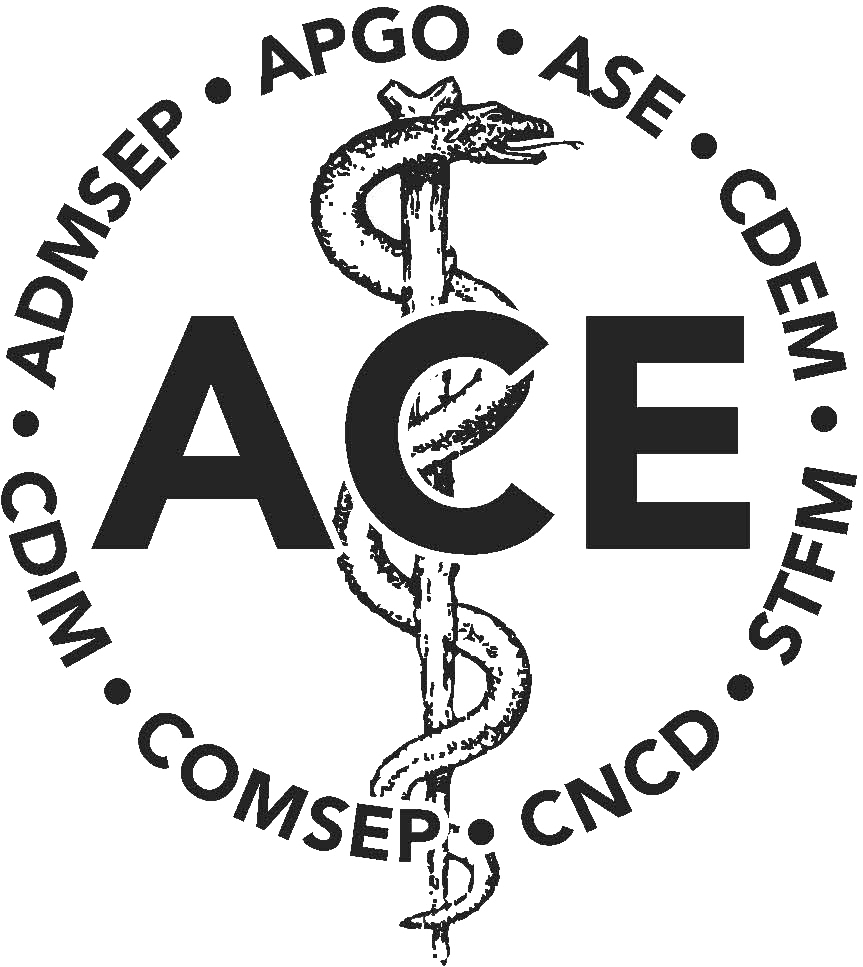by Kristen Hood Watson, M.D. | October 1, 2021 Article Citation: Odukoya EJ, Kelley T, Madden B, Olawuni F, Maduakolam E, Cianciolo AT. Extending “Beyond Diversity”: Culturally Responsive Universal Design Principles for Medical Education, Teach Learn Med 2021; 33(2):109-115. DOI: 10.1080/10401334.2021.1890679 What is this article about? The commentary by Odukoya et al is a follow up to a 2020 “Beyond Diversity” commentary by Maduakolam et al. The first article introduces the idea of Culturally Responsive Universal Design for Learning (CRUDL) as an approach to foster ethnically and racially inclusive medical education, research, and clinical practice. In the current article, the authors take a deeper dive into how to bring this to fruition. The authors reference knowledge from prior articles on educational theory and the impact of trauma to propose methods to address three guiding principles: provide multiple means to access educational content, provide multiple means of engagement, and provide multiple means of action and expression. Principle 1 not only addresses using a variety of educational content delivery methods but also emphasizes the inclusion of experiences from diverse populations, such as through patient panels. The second CRUDL principle highlights facilitating the key skill of life-long learning. To better evaluate a diverse group of learners, the last principle focuses on expanding methods in which we assess achievement of learning objectives. Why should you read the article? This thoughtful article is particularly unique in that it comes from the perspective of Black female medical students. The students have an important voice and present their ideas with support of evidence-based articles. Logistically, LCME standards include a cultural competency component and so this is important for all schools who are, or are seeking to be, accredited. In addition, the past year has brought racial/ethnic inequalities and injustices to the forefront of national conversation, and it has been clear that there is much work to be done. While we often think of these inequities at the patient level, this article highlights the student/physician perspective as well. How can you use this article? The commentary provides a method to create a culturally responsive curriculum and utilizes research from other sources to help the reader implement the key principles presented. This is a great starting point for an educator hoping to improve upon their current curriculum. Throughout the article, the authors also point out some opportunities to further expand knowledge. Those implementing the CRUDL principles could use research or quality improvement projects to evaluate the efficacy of their specific curriculum to share with medical educators. Review Author: Kristen Hood Watson MD, Assistant Dean for Resident Inclusion, Assistant Professor of Family Medicine, Medical University of South Carolina, Charleston, SC. Organization: Society of Teachers of Family MedicineExtending “Beyond Diversity”: Culturally Responsive Universal Design Principles for Medical Education
